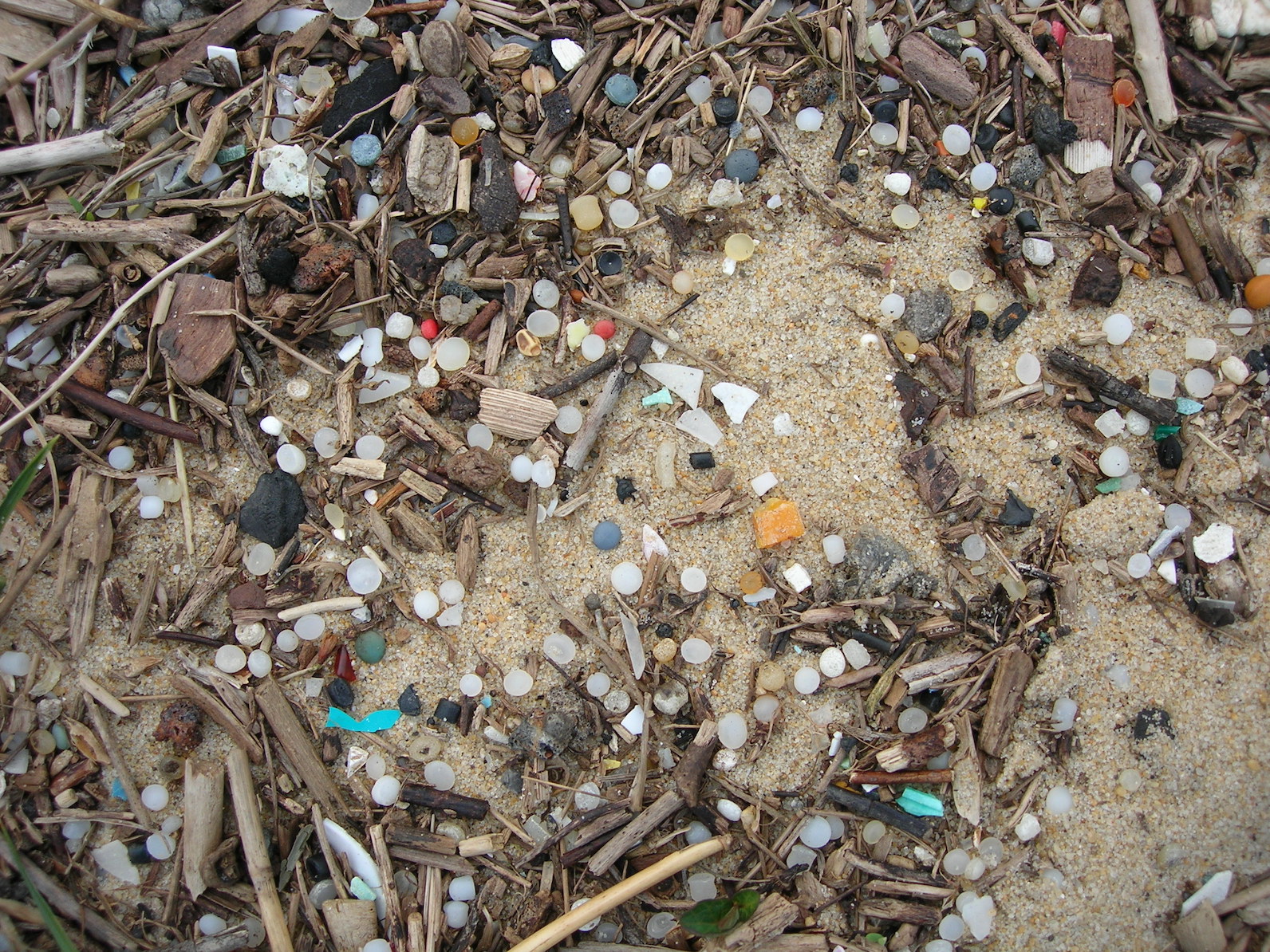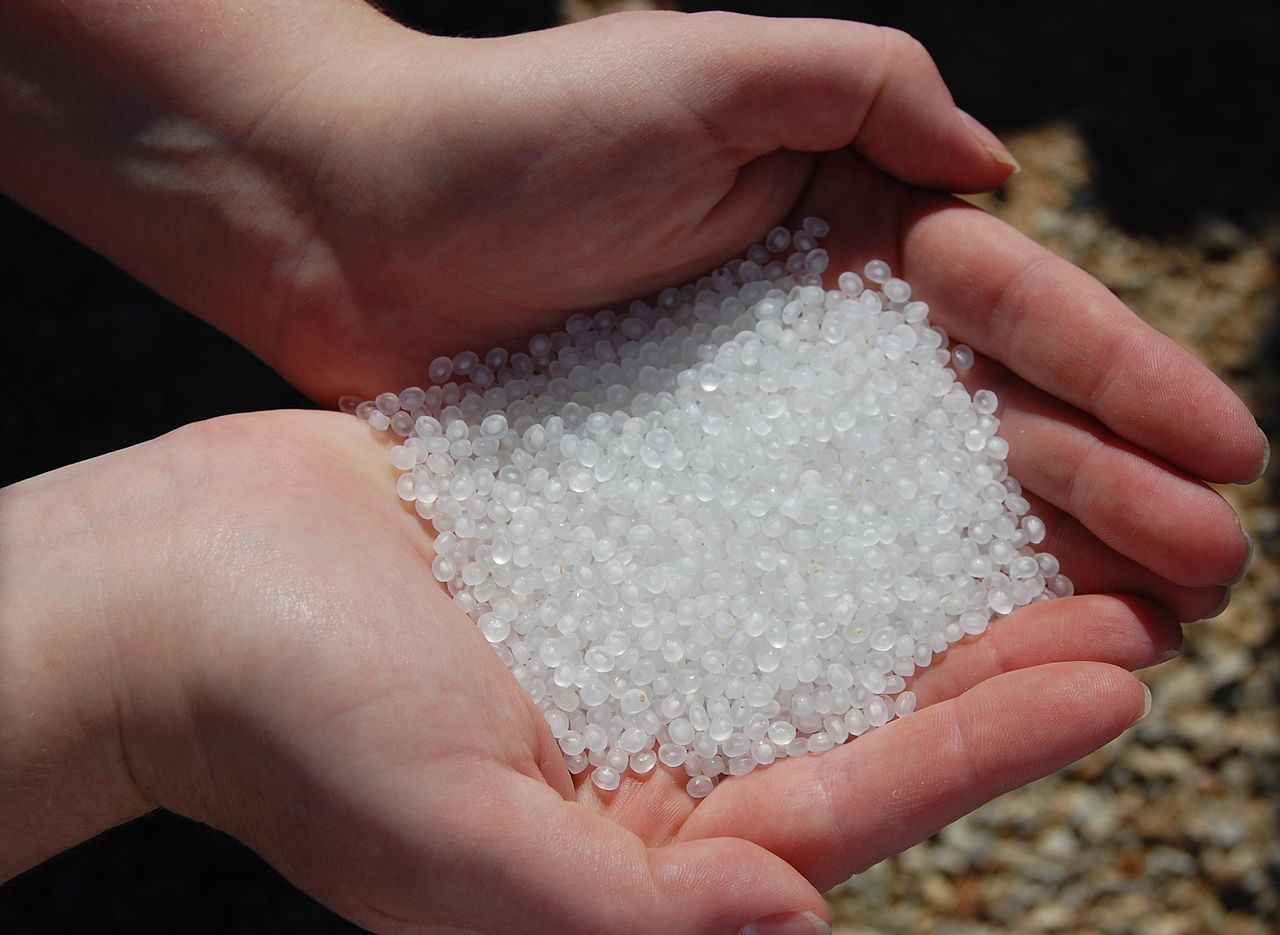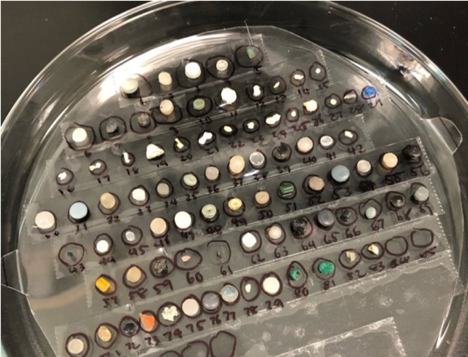Plastic Pellets Spell Big Problems for Our Ocean
Zero pellet loss should be the rule, not the exception

This guest blog was written by Chelsea Rochman, Assistant Professor at the University of Toronto, co-founder of the University of Toronto Trash Team and Scientific Advisor to Ocean Conservancy.
Nurdle. Pre-production pellet. Resin pellet.
These are all names that refer to the same thing–the feedstock derived from crude oil that is melted and molded into plastic products. Just as humans start off as a ball of cells, plastic products start off as a mixture of pre-production plastic pellets. As such, these pellets are a key component of plastic production. 
Unfortunately, that means they are also a component of plastic pollution. In fact, pellets were one of the first-ever reported types of microplastic debris in our ocean just a half-century ago! In the 1970s they were reported on New Zealand beaches, along the coast of Lebanon and in the North Atlantic Ocean.
Fast forward to the present, and plastic pellets are found globally from every corner of our ocean and are reported in diverse ecosystems. This includes remote locations such as Antarctica, and plastic pellets have been found in the bellies of birds, fish and sea turtles. If you’re interested in learning more about global contamination, an organization called The Great Nurdle Hunt has been tracking pre-production pellets across all seven continents.

To address this loss of product and prevent plastic pellet pollution, plastic industry associations promote a voluntary initiative known as Operation Clean Sweep (OCS). Under OCS, companies implement best management practices to achieve zero pellet loss.
This sounds good, so why isn’t it working?
Of the 60,000 facilities operating in Europe, only 500 are pledged to OCS, indicating that a voluntary approach alone may not be sufficient to ensure broad adoption of the program. The only regulatory action specific to pre-production pellets we know of is Assembly Bill 258 in California, which regulates discharge from commercial facilities. Based on decades of contamination, broader-scale initiatives to enhance adoption of best management practices at all relevant facilities are warranted. 
As such, the bill introduced by Senator Tom Udall (D-N.M.) last week, called the Plastic Pellet Free Waters Act, was a welcome response to this decades-long issue. If passed, this bill would prohibit the discharge of plastic pellets to the environment. To implement the bill, we recently suggested a simple approach that is not foreign to other industries prone to environmental emissions: interception of pellets at the source.
Just like food service establishments install grease traps to prevent oil and grease from entering pipes and gas stations install oil-water separators to prevent the release of fuel, facilities handling pellets could install traps that capture them before any discharge to local watersheds, lakes and seas. Using such a filter (LittaTrap™), New Zealand-based company Medical Plastics demonstrated success by preventing annual losses of an estimated 220,000 pellets. Such filters provide companies with a feasible solution to backstop microplastic emissions, which could divert billions to trillions of pellets from the environment, ensuring they (and their value) stay with industry where they belong.